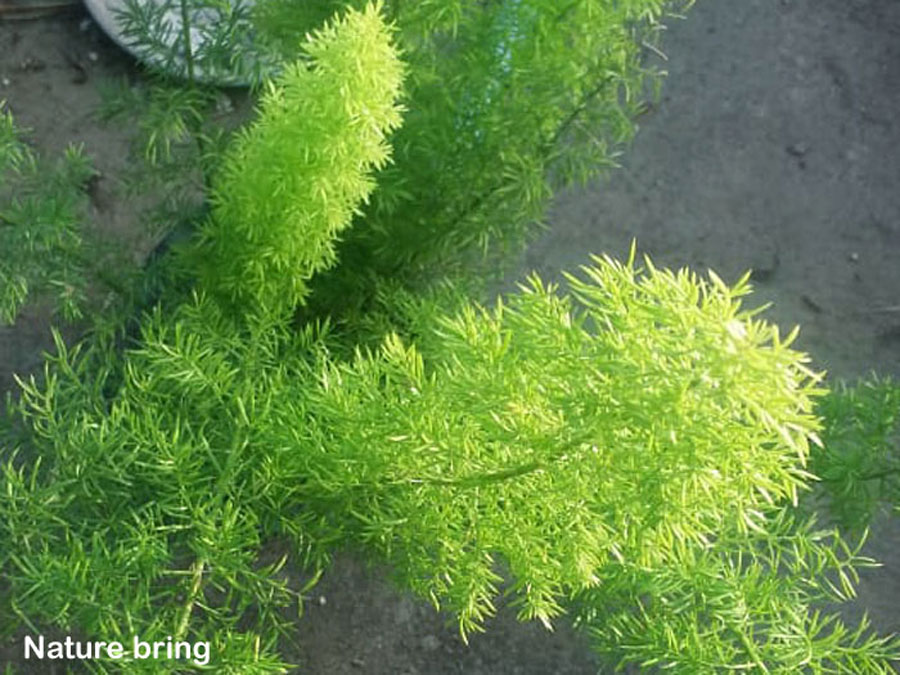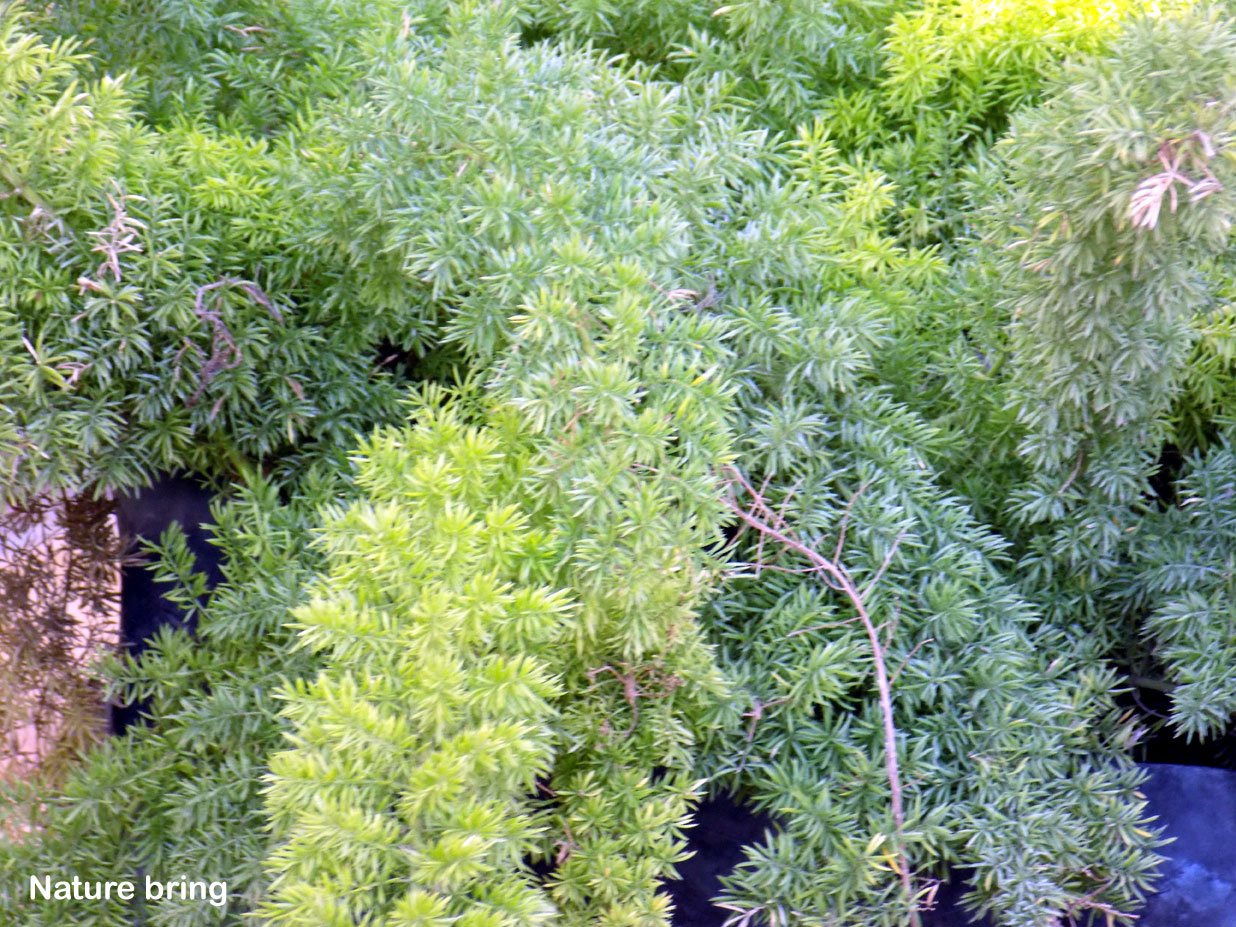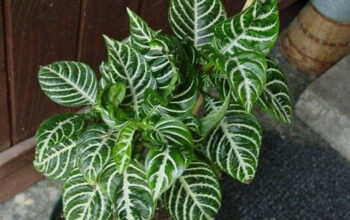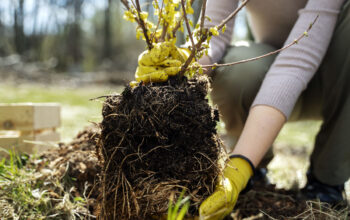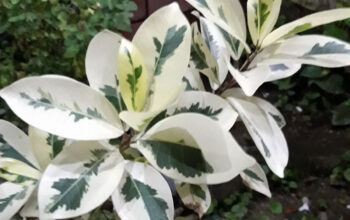Foxtail Fern (Asparagus Fern)
Foxtail fern is commonly known as Asparagus grass or Asparagus fern. It is often used as an ornamental plant and is considered an invasive weed in many regions. The foxtail fern is a branching perennial herb that has tough green aerial stems and is covered with spines. The leaves are like pine needles. The Asparagus plant is however not a fern at all. They grow white flowers and produce red berries that are very eye-catching. know about How to grow Asparagus Fern, care of foxtail fern in this article.
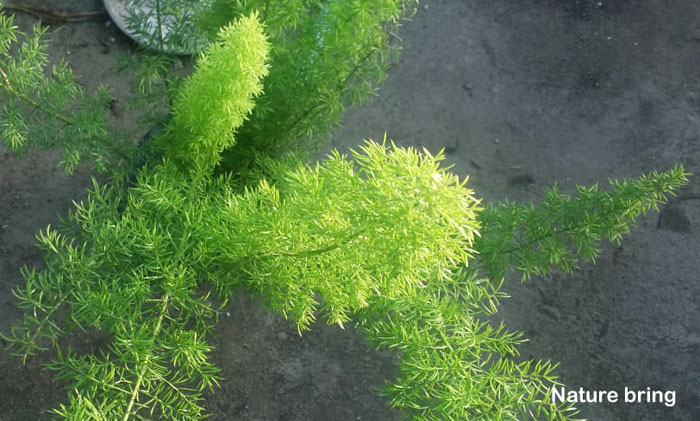
Growing Asparagus Ferns and care of foxtail fern
The foxtail fern is from the South African region and it thrives in the Mediterranean climate zones, but it can also be grown indoors in pots and be brought outdoors when the weather is favorable. Foxtail ferns can be grown both indoor and outdoor.
Asparagus Fern plant is easy to take care of and can survive in your garden for many years. A mature foxtail fern will grow from 6 to 8 feet across while new plants will grow from 3 to 4 feet across for about 12 years.
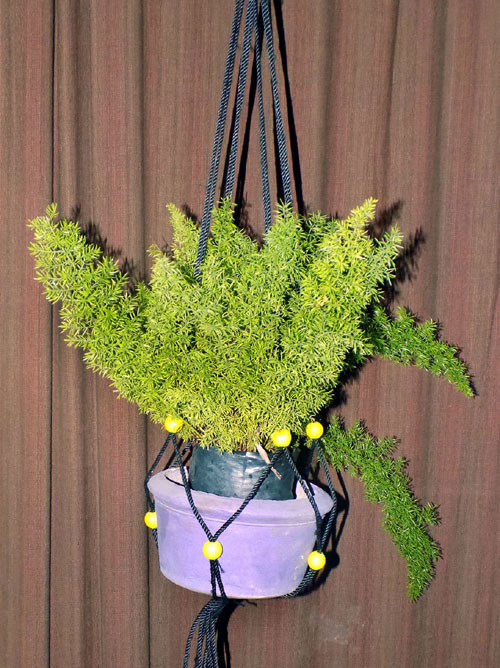
Light
If planted outdoor, plant the foxtail fern in a lightly shaded area to avoid the hot afternoon sun. If planted indoors, keep the plant in an area receiving bright light and direct morning sun in winter.
The foxtail fern prefers soft light because too much strong and direct light can burn the leaves of the plant. In some areas, they can grow in full sun.
Soil
Foxtail ferns grow best in slightly acidic soil. They can do well in many varieties of soil, as long as the soil mixture is well-draining. A well-draining soil mixture prevents the plant from problems with root rot.
Watering
The Asparagus plant is also known as emerald fern and ponytail fern because it benefits from immersion for thorough watering. In between watering, let the top 3 inches of the soil dry out.
The plant prefers moist soil but not soggy soil. So, when you water the plant make sure that you water it thoroughly and allow the excess water to drain out.
Asparagus Fern is somewhat drought-tolerant because of its tuberous roots. So, it can be a good plant choice to grow in regions that experience short dry spells.
Temperature and Humidity
Asparagus plant does not receive enough sunlight, then it may turn yellow. The best temperature range for foxtail fern is 60 to 70 degrees Fahrenheit. It can also tolerate lower temperatures unless it remains above freezing.
The plant should be brought inside in winters because it can be damaged when kept at a temperature below 25 degrees Fahrenheit. Lower temperature can kill the plant entirely.
Humidity is important for foxtail fern, and it requires a 40% to 50% humidity level for the plant to grow well. Always water the plant with room temperature water or tepid water, and never with hot or cold water. Otherwise, it can cause root shock.
Fertilizer
To avoid the yellowing of the leaves, yearly fertilizer is very important. You should start feeding the plant in the spring season and continue this monthly throughout the growing season.
Feed the plant with a balanced 10-10-10 plant fertilizer and keep the soil slightly moist. When the needle-like leaves start to turn yellow or pale, it indicated that it needs fertilizer. Compost is also a very good option for the plant to feed upon.
Though a well-balanced fertilizer works great, it can also take slow-release or liquid fertilizers given at half-strength.
Propagating and Repotting
The easiest way to propagate a foxtail fern is through division, and the best time to do this is in the spring season. Make sure that the pot used for foxtail ferns is not too large because too much extra soil can hold too much water, leading to rot problems.
Once the Asparagus plant becomes root bound, it is time to repot the plant. Repotting requires simply moving the foxtail fern to a slightly larger pot or by gently dividing the plant.
The toxic trait of the Asparagus Fern
The eye-catching red berries of the plant are toxic to both humans and animals and can cause poisoning, vomiting, diarrhea, and abdominal pain. So, make sure that you be careful with that while touching the plant.
Keep the plant in an area away from animals and children’s reach.
Read also:
How to Grow dieffenbachia. How to Grow cantaloupe. Blue chalk stick growing and care tips. Uses of NPK fertilizer in your garden. Pentas flowers growing guide. Growing Cumin from seeds. During the monsoon maintain your home garden. 09 Fast-growing vegetables.
For pin:

